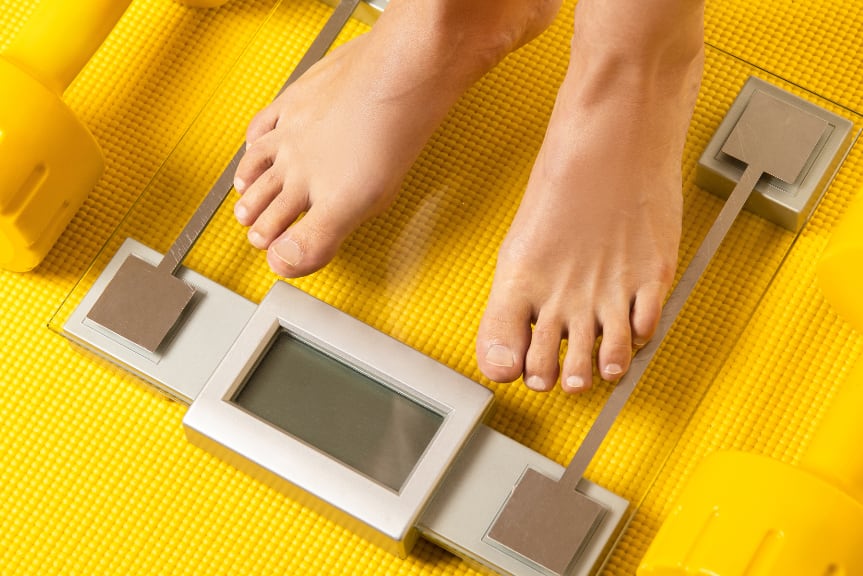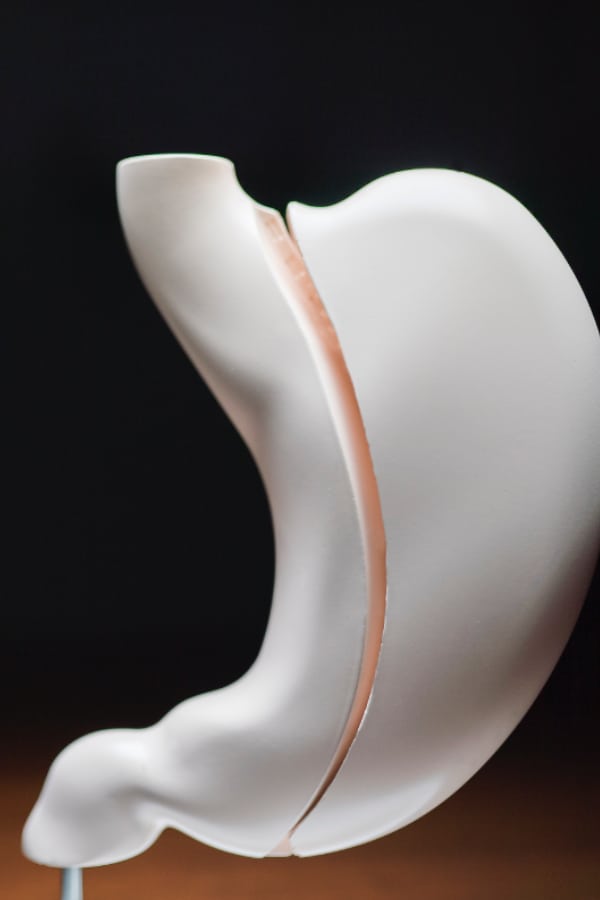Gallstone surgery Gold Coast

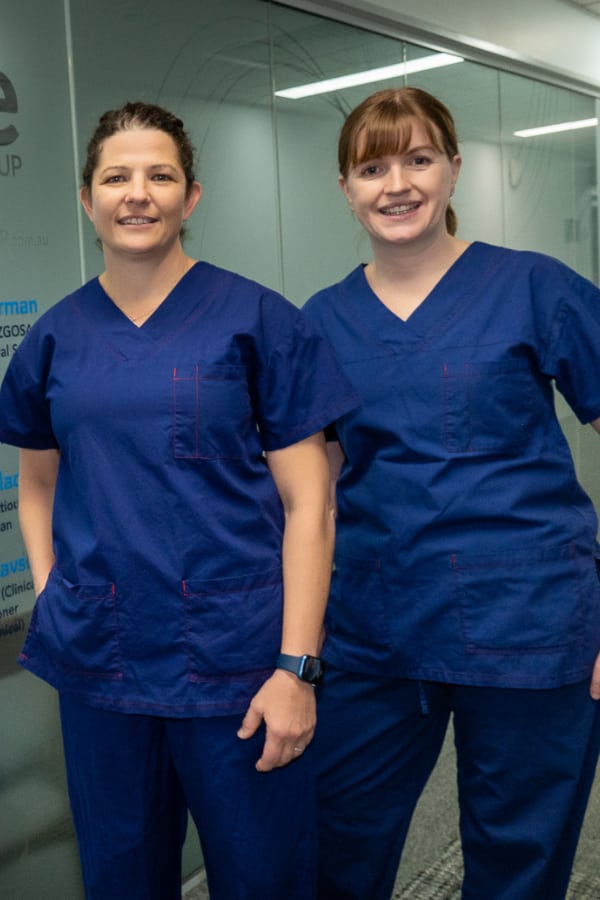

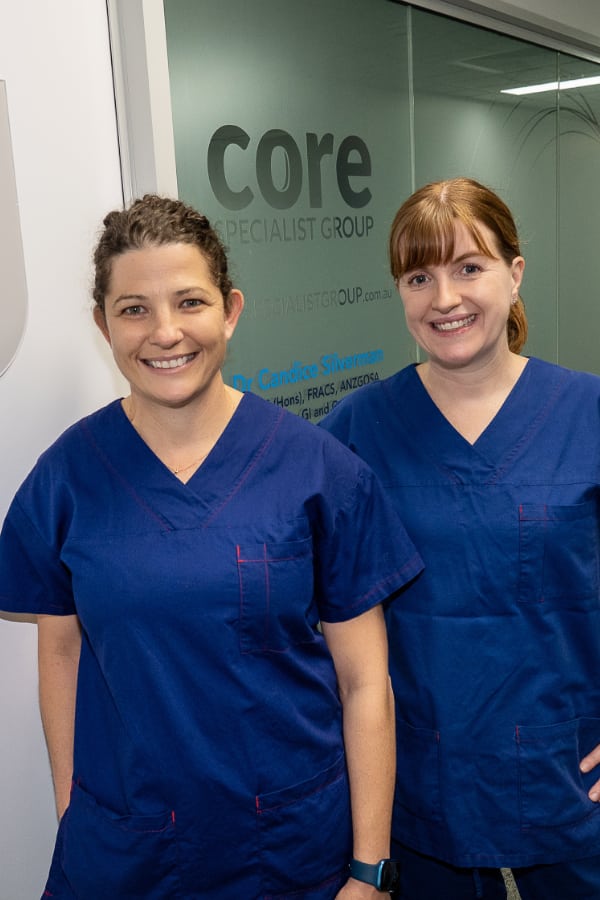
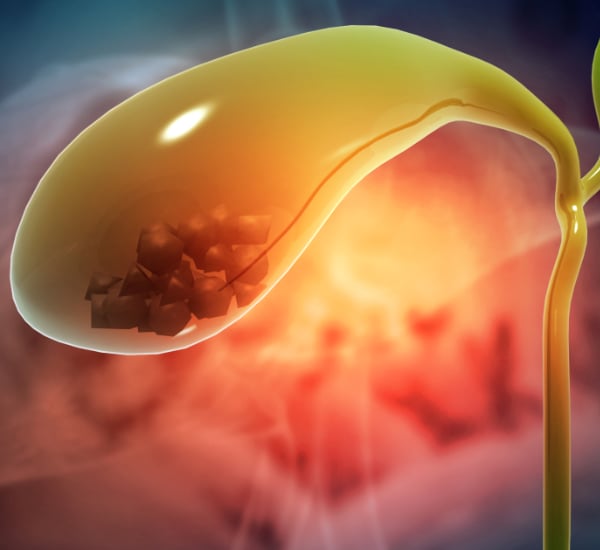
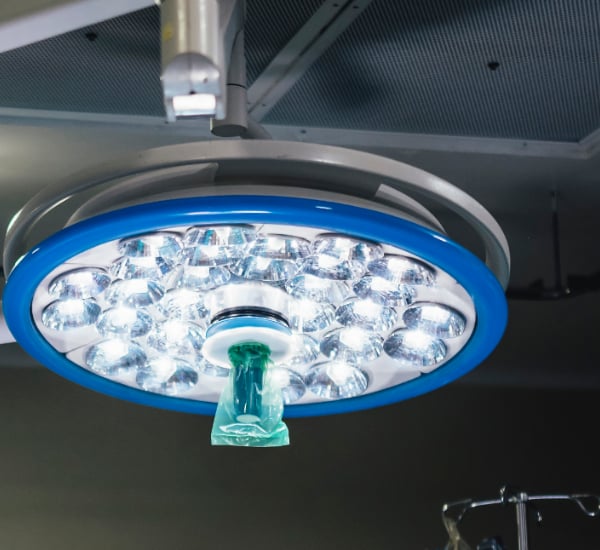
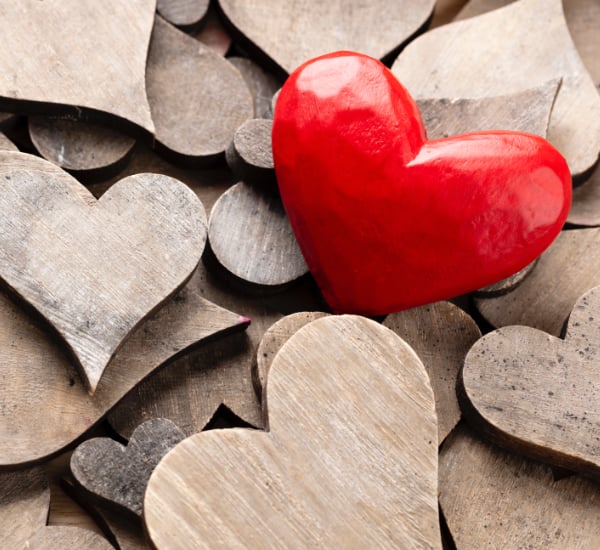
Quick links
Cholecystectomy explained
What is a cholecystectomy?
Gallstones are hard particles that develop in the gallbladder. When they don’t lead to symptoms, you won’t need any treatment. However, when gallstones block the bile duct or cause the gallbladder to become inflamed, a condition called cholecystitis, they can cause episodes of severe abdominal pain. In that case, it is likely you will need a cholecystectomy, which is the medical term for the surgical removal of the gallbladder.

As the body can function normally without a gallbladder, the recommended treatment is gallbladder removal surgery.
Gallstones symptoms
In many cases, gallstones may not cause any symptoms. They can dissolve or move into the stool without any medical intervention. If symptoms do occur, they might include:
- Intermittent pain in the back and abdomen, intensifying after eating.
- Nausea, suggesting possible inflammation
- Jaundice if a gallstone is blocking the bile duct
- Change in stool colour, which may suggest a possible blocked bile duct
- Bloating
- Diarrhoea
- Indigestion
Who is at risk for getting gallstones?
While it’s difficult to ascertain a specific cause, gallstones result from one or all of the following imbalances in the gallbladder:
- Excess cholesterol in the bile: Bile, produced by the liver, helps in the digestion of fats. When there is too much cholesterol in the bile, and the bile is unable to dissolve the cholesterol, it crystallises to form gallstones.
- Poorly functioning gallbladder: The gallbladder’s main job is to store bile and release it in the small intestine. If the gallbladder doesn’t empty bile properly, bile thickens and forms gallstones.
- Excess bilirubin in the bile: Bilirubin is a pigment of bile produced as the result of haemoglobin breakdown. Medical conditions such as cirrhosis of the liver can lead to excess bilirubin production which the gallbladder can’t efficiently break down. It then solidifies to form gallstones.
How are gallstones diagnosed?
If your doctor thinks you might have gallstones, they will suggest an ultrasound or CT scan to take a close look at the abdominal area and bile ducts. Post-diagnosis, your doctor will observe the gallstones before carrying out treatment.
Surgeon for gallbladder Gold Coast
How are gallstones treated?
Most of the time, if gallstones are not causing any symptoms, we will keep an eye on them to see if they clear up on their own.
In rare cases, we might prescribe medication to break down the stones. However, they can recur so it is not a recommended method. Another treatment option that is not used a lot is lithotripsy, which is a machine that uses high-frequency sound waves to shatter the stones to help them pass through the stool.
When gallstones keep coming back and start posing serious health risks, surgery to remove the gallbladder is the most effective solution. The gallbladder isn’t a vital organ, so there are no long-term implications of surgery.

The preferred approach for gallbladder removal surgery is laparoscopic. Four small incisions are made to the abdomen to allow a thin tube with a tiny camera at the end and surgical tools.
Occasionally, even though we start with a laparoscopic procedure, we might need to switch to open surgery if there are technical or safety concerns. If that happens, the small incisions are closed and a single incision is made to the right upper section of the abdomen to continue the procedure. In other cases, a laparoscopic approach is not possible due to your specific individual circumstances (e.g. prior surgeries, advanced disease, or your anatomy). If that’s the case, an open procedure is required and this will be discussed during consultation.
During surgery, an X-ray of the bile duct is taken to make sure that no gallstones have moved into the bile duct causing complications. If that is the case, another endoscopic procedure, called ‘ERCP‘, may be needed to extract these.
Gallstone surgery Gold Coast, Lismore and Byron Bay
Core Specialist Group for gallbladder removal
At Core Specialist Group, your health and comfort are our highest priority. If you have been told you may need gallstone surgery, and are looking for compassionate and exceptional patient care, please get in touch with our friendly team. With consulting rooms in Tugun, Lismore (NSW) and Byron Bay (NSW) we will make you feel at ease in the lead up to your consultation and possible surgery.
